Laying decorative stone, preparation and execution of work
Today, there are many materials that make repair work quick and easy. Some are suitable for exterior decoration, others are only used for interior wall cladding, a fireplace portal and other surfaces. In the past few years, people who want to update the decoration of the room are interested in the topic of laying decorative stone. There are several varieties of material suitable for such purposes.
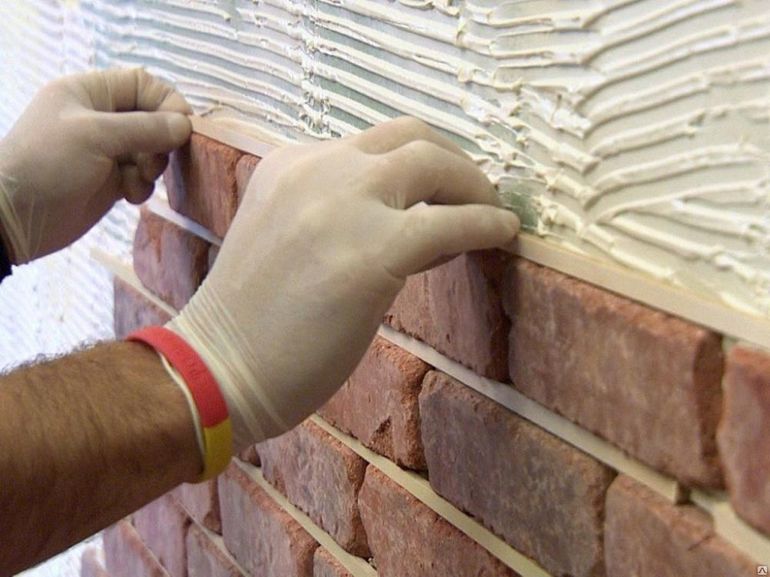
Varieties of material
Before studying the methods of laying decorative stone, it is recommended that you familiarize yourself with the general information about the material, as well as find out what varieties exist based on natural and artificial raw materials. The most common type that was made by man is cement stone. Somewhat later, gypsum material appeared.
The first is a strong and durable stone, resistant to moisture and other negative influences. That is why cement stone is often used to decorate the room outside, as well as indoors, in rooms with high humidity. Wall cladding in the bathroom, the area near the stove or fireplace today is at the peak of popularity.
Gypsum finishing stone is light, strong and durable, but unstable to humidity, so its best option is to use it when repairing a bedroom, living room or hallway. Natural finishing stone can be of several types:
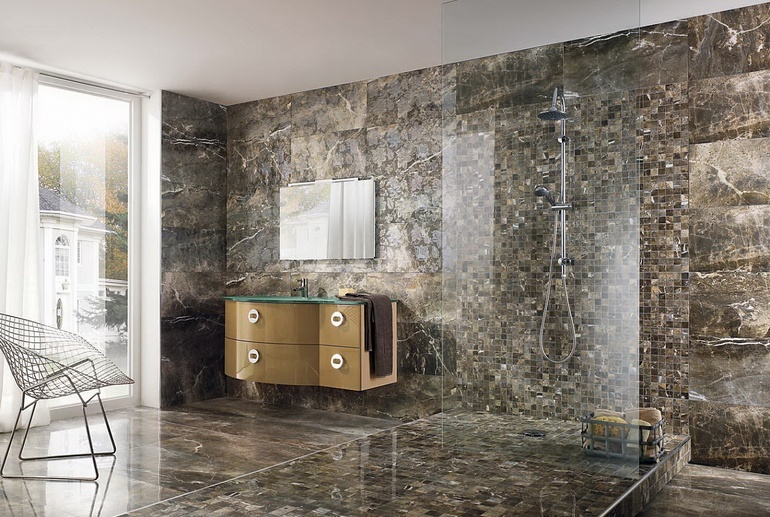
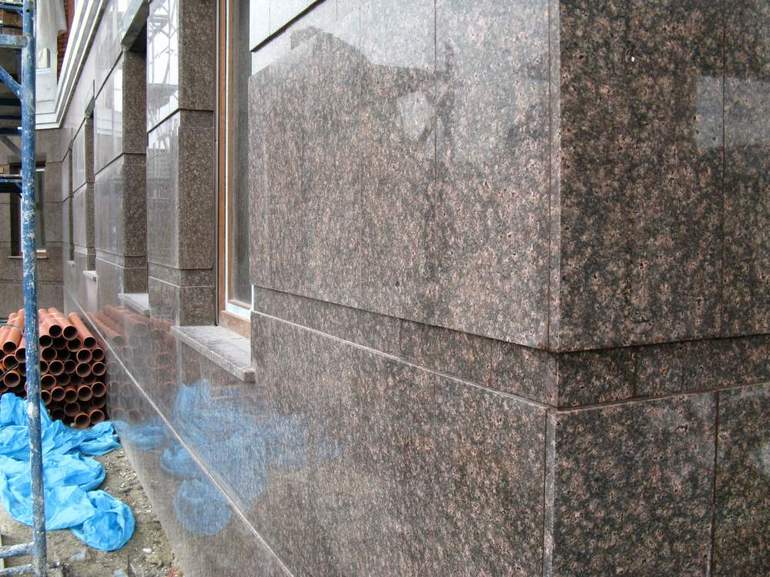
- Marble is the most durable material, which is considered "aristocratic" and allows you to create a luxurious interior in any room. It is important to use it correctly in decorating large rooms, since the small space removed by such a stone looks rather ridiculous. The most popular color of the material will be black and white, but many prefer beige, different shades of brown, burgundy.
- Sandstone is red, green and brown. It is inexpensive, so it is often used for outdoor and indoor use. Specialists distinguish 3 types of material depending on the degree of granularity. Each of them is used for different purposes. Despite the cheapness, sandstone looks quite impressive.
- Limestone is a kind of alloy of stones, which are laid in horizontal rows. It is durable, inexpensive, it looks beautiful and unusual. In nature, limestone is found in yellow, white, pink and gray colors.
- Granite is an expensive and durable material used for interior and exterior decoration. It goes well with other types of stone.
Depending on the objectives pursued during the repair, everyone chooses the appropriate type of material. They all have their pros and cons.
Advantages and disadvantages
Wild natural and artificial stone has its advantages and disadvantages that should be considered when choosing. The main advantages include the following:
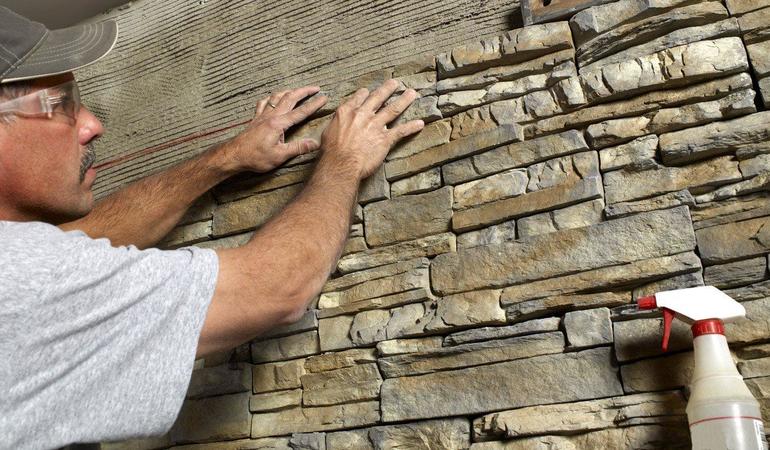
- Decorative material always looks unusual and stylish. Not to notice such an element of the interior is simply impossible, it will always attract attention. Some owners of apartments and private houses often achieve this effect.
- It is very simple to lay out the stone yourself, since in most cases it is light in weight, as well as a clear shape that minimizes the work with seams.
- Surface care is also not difficult.Enough plain water with soap or other products.
- The material is considered environmentally friendly. It is not susceptible to corrosion or fungus, which attracts homeowners. Even with prolonged use, it is possible to maintain the original appearance.
- Durability is also considered an advantage, because for many years the surface does not lose its attractiveness.
- Large selection of colors, styles and relief of the stone (fans of non-standard options can choose a torn material that brings the final result closer to the natural). Everyone will be able to lay out the option that is most like. Despite the abundance of artificial material, many still prefer natural textures.
- Even artificial types of decorative facing stones do not contain allergens and dangerous components that can cause diseases.
In addition, some types of stone have a fairly budgetary cost, which makes them affordable for almost everyone. Among the shortcomings of the material, one can single out the high price of some of its types, for example, marble or granite. Gypsum tiles also have low moisture resistance, therefore, an additional coating is required that protects against premature delamination.
Just apply the right material in every room to avoid such troubles. Despite the shortcomings of the stone, it is actively used by owners of apartments, houses, offices and other premises.
Preparation for work
Laying a decorative stone on a wall with your own hands or installing material on another surface should begin with preparatory work. First of all, you should work in loose clothing, if necessary, use gloves that will prevent contact of the adhesive with the skin. After this, it is necessary to prepare the surface on which decorative elements will be attached.
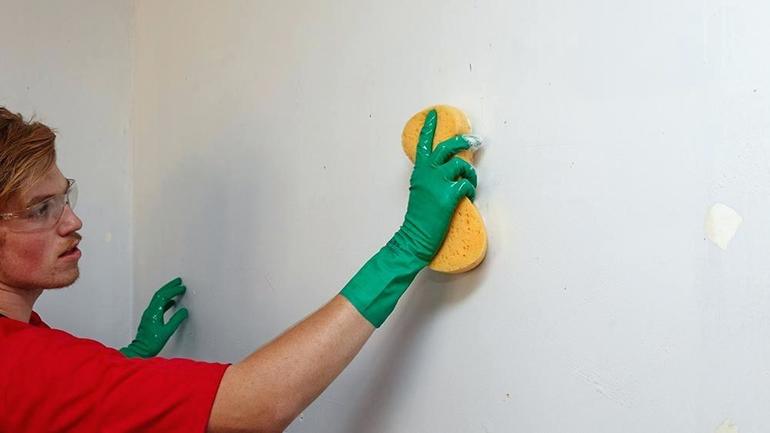
The wall must be dry, it is important to free it from the remnants of the previous coating. One way to check the quality of surface preparation is to sprinkle it with water. If drops do not absorb in any area, but flow down, most likely, treatment should be repeated in this area. For this, a special metal brush is used, used to remove paint from the surface.
It is important to remember that the stone will lie well even on an uneven surface, but it should be fat-free. After laying the stone will hide all the flaws, so you do not need to level the wall additionally, using plaster.
The next stage of preparation will be the collection of tools necessary for installation. The most important is the material itself, as well as the tool on which it is supposed to be mounted. It can be liquid nails or another adhesive base. In addition, you will need a hacksaw for cutting gypsum stone, a chisel, a building level, a spatula for applying glue. In each case, you may need a different tool, which depends on the material and other features.
Experts recommend immediately before laying to treat the surface with a primer, as well as to make a minimum markup that allows you to visually see the future result.
Mounting Features
It is not so difficult to lay a decorative stone, especially if all the recommendations are correctly followed and high-quality material is selected (good feedback can be heard about the FortCam stone). Do the work at a temperature not lower than -5 degrees and not higher than +30. Otherwise, poor-quality adhesion of the decorative material to the surface is possible, and laying it will be more difficult.
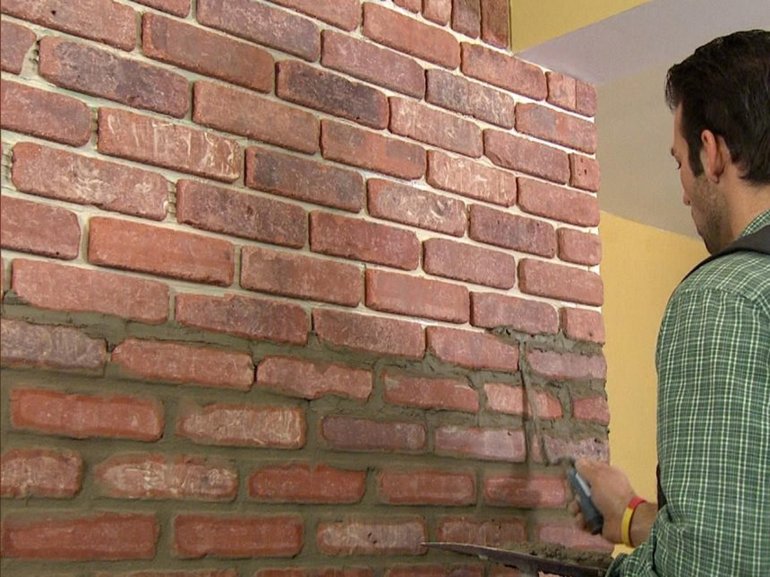
Today, experts use 2 calculation methods. The first involves the allocation of seams after fixing the elements, it is often used if necessary to achieve maximum naturalness. The second is called seamless, it is much simpler, the work is done quickly.When seams are selected, it is necessary to prepare special dividers in advance, put them on each row so that after completion of work all the elements are not connected.
Additionally, the alignment involves subsequent coating of the seams with a suitable color or contrast composition. Both methods are used with the same frequency, but the first involves a lot of time and money. The second is suitable for any surface and is simpler.
Step-by-step instruction
Spread the stone wall in the correct sequence. You should start from the corner, because it is easier to navigate. To lay out a stone evenly will help the usual building level. All steps should be performed sequentially:
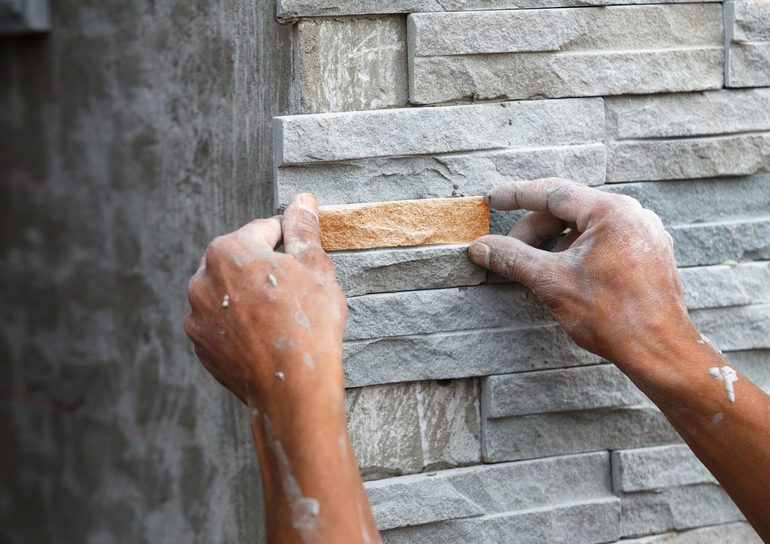
- The first element must be placed below in the area of the outer or inner corner.
- It is important to alternate short stones with long ones in order to achieve maximum realism and make the structure durable.
- A right angle will help form a miter box. This tool will facilitate the work of a beginner or a person who does not have a special education.
- After laying out each row, it is recommended to check your accuracy using the building level.
- It is better to remove excess glue between the elements immediately. You can use a kitchen sponge. After solidification, it is almost impossible to remove the dried composition without damaging the material.
- After laying the entire wall, it is necessary to fill the joints with putty, removing the excess immediately, excluding smudges and bumps.
If necessary, after drying, the seams are painted in a suitable shade. After 2-3 days, you can cover the surface with varnish, which will give shine and protect from moisture. Not everyone likes this option of decoration, many want to achieve the naturalness of the wall, so they leave the stone in its original form.
For several days after laying it is not recommended to wash the wall, decorate it with any decorative elements. This can cause damage to the surface and brittle material. If the work was carried out in the autumn or winter, after its completion 5-7 days, the wall should be untouchable.
Common mistakes
Many beginners in trying to save money do the work on their own. In most cases, they don’t seek the help of a professional, therefore make a lot of mistakes. The most common is considered too wide a seam remaining after laying the stone. It spoils the overall impression and draws attention to the moment that the coating is artificial.
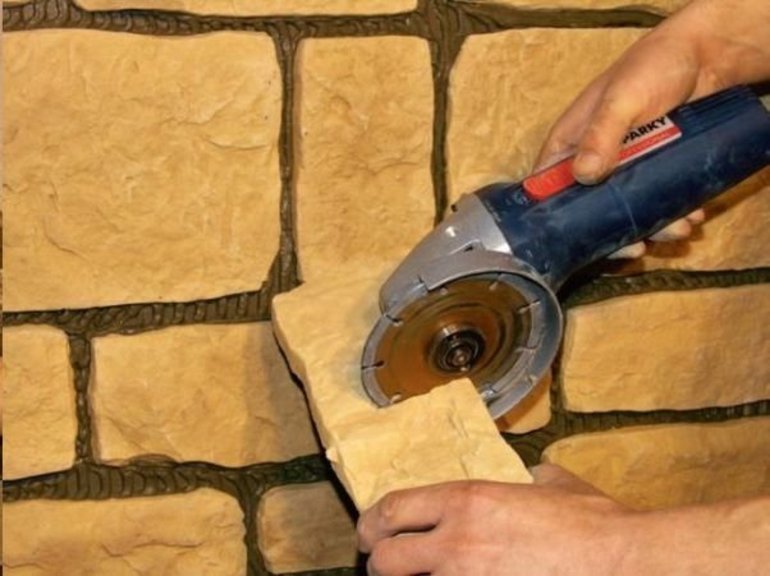
Some do not use a primer before fixing elements. After a few months, they begin to fall off, which becomes a disappointment for the owner. He believes that the material is of poor quality. Incorrect alternation of elements of different shapes and sizes is another common mistake. In most cases, it leads to the fact that the final result looks ridiculous, messy.
During clipping, many beginners make a mistake. They damage the material, which affects the overall appearance and quality of fastening. To avoid all these errors is quite possible, you just need to consult a specialist who will explain all the features.
Decorating the premises with decorative stone is a popular way to make the home unusual, cozy and warm. The ease of installation and durability of the material make it the most preferred option for many owners of houses and apartments.
- How to choose a vacuum cleaner taking into account the characteristics of the house and coatings?
- What to look for when choosing a water delivery
- How to quickly create comfort at home - tips for housewives
- How to choose the perfect TV - useful tips
- What to look for when choosing blinds
- What should be running shoes?
- What useful things can you buy in a hardware store
- Iphone 11 pro max review
- Than iPhone is better than Android smartphones



